There are two kinds of railing systems that you can principally choose between when you opt for using stainless steel railings.
Welded Railings
The first type is a traditional welded railing in which the parts of the railing are welded together. In this model, you take pipes and different fittings like elbows, bottom flanges, etc. and you weld them at the site after cutting them to the required lengths. You could even simply bend the pipes and plates to form the joints and then weld the pieces of metal together without using any prefabricated parts. Welded railings are finished in the factory and entire sections are transported to the site. This type of railing usually does not require any pre-fabrication in the factory. This is the cheapest form of stainless steel railing but also results in the least desirable final finish.
Modular Railings
The other type of railing that can be used is a modular railing. In modular railings all the fittings (joints) are prefabricated, the pipes are cut to size and the fittings and the pipes are put together using a fastening system or an industrial metal-to-metal glue. There is no welding done at the site for this type of railing. The joints are flexible allowing any adjustment required for on-site construction imperfections.
Advantages and Disadvantages between Welded and Modular Railings
The main advantage of welded railing is its initial cost. Usually, it is the cheapest form of stainless steel railing you can opt for – especially if you are welding the railing at the site.
However, there are very clear disadvantages for welded railings compared to modular railings and a choice must be made carefully keeping in mind all considerations.
1. Visual Look
Modular Railings
They look clean and professional because the parts lock and connect with each other in a precise and accurate manner with no finishing or touching required.
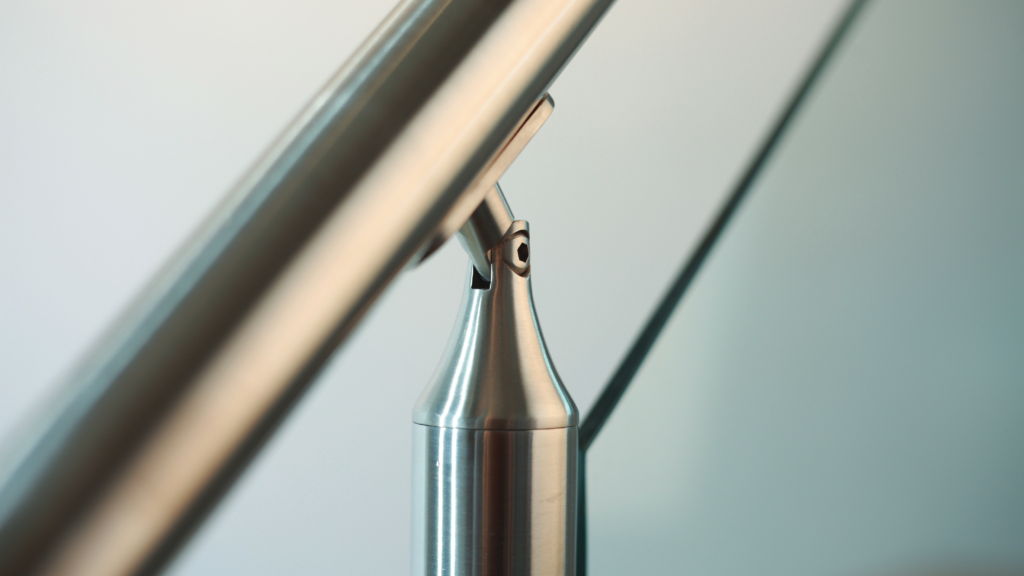
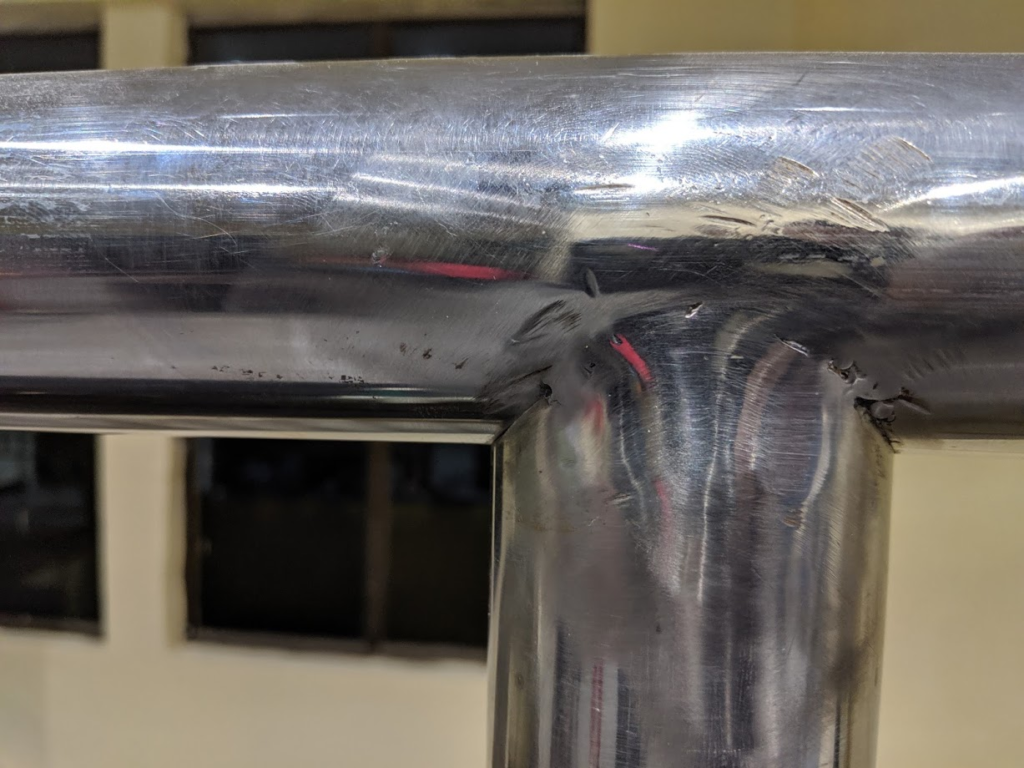
Welded Railings
The joints of welded railings look ugly because there is no good way to finish a welded stainless steel joint at the site. There is no coating or paint to hide the rework and re-polish which will be inevitable in case of on-site welding. There is one very expensive way to improve the joints – that is to finish the entire welding and fabricate the railing section in the factory itself.
2. Requirement of specialized labour
Mo
Modular Railings
No special manufacturing expertise is required. The manufacturing process is completed within the factory itself using manual, robotic and automatic machinery.
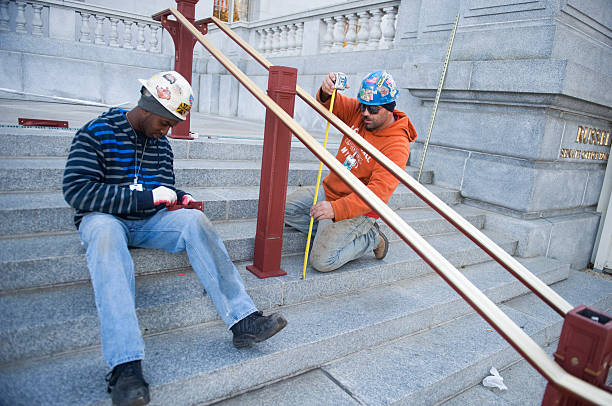
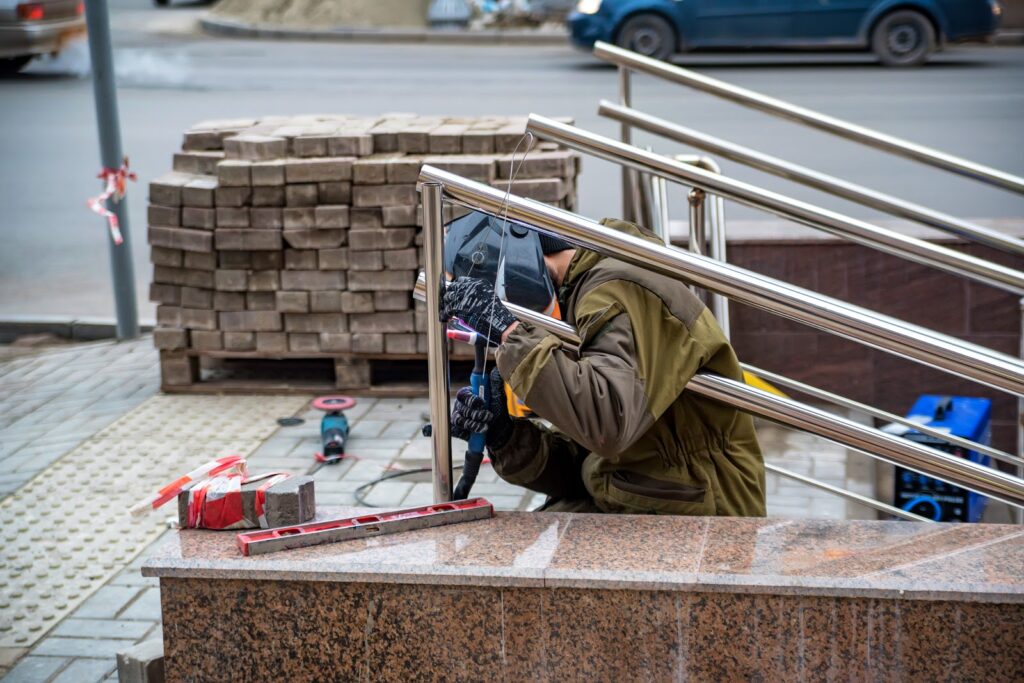
Welded Railings
Welding stainless steel is a specialized skill requiring experience and expertise. Unlike other materials, there is no paint or coating which is done on the surface of the welded joint to cover the imperfections. Therefore the welding has to be done very carefully and with great expertise and after welding it has to be cleaned on all the sides and also the polish has to be matched which itself is an extremely tedious job. This is a time taking, expensive process and requires special workers who may not be easily available. Moreover welding is a dangerous and hazardous process so it is not a desirable vocation for most workers.
3. Susceptibility to Rust
Modular Railings
There is no welding done at the site so additional opportunities for rust to manifest itself into the railing are NOT created.
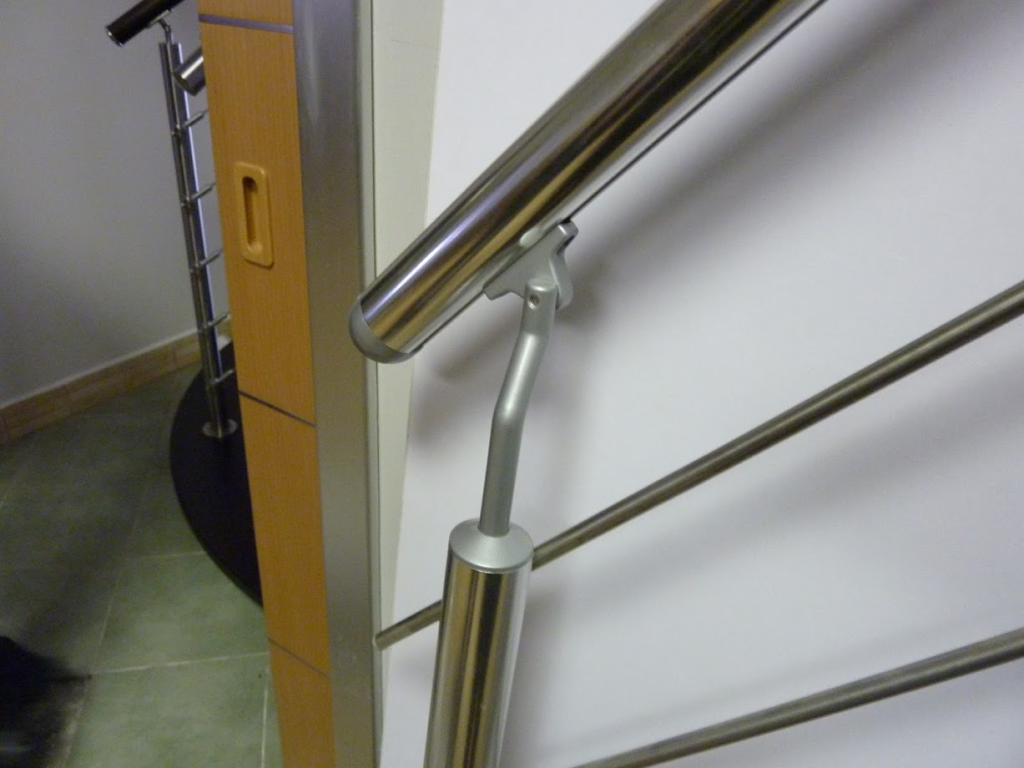
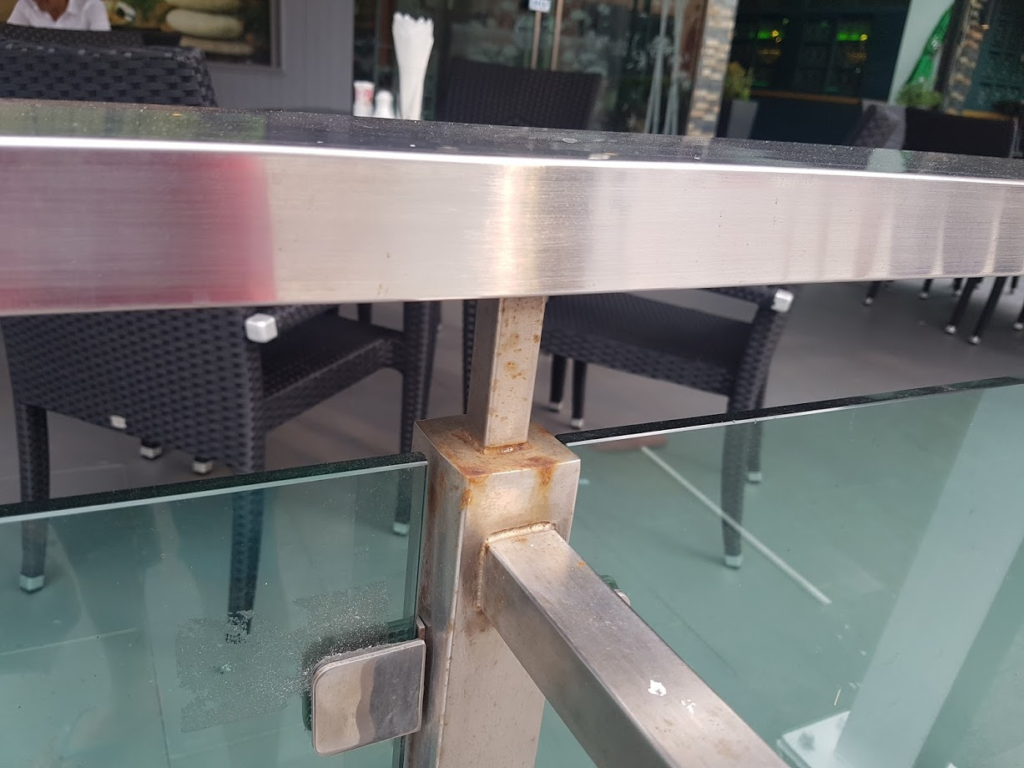
Welded Railings
Welding is highly prone to rust at the joints. When you weld stainless steel essentially you are melting the raw material at high temperature. Once you heat a metal at very high temperature and expose it to the air, it is open to contamination which means that the chances of rust happening at the welded joints is extremely high.
